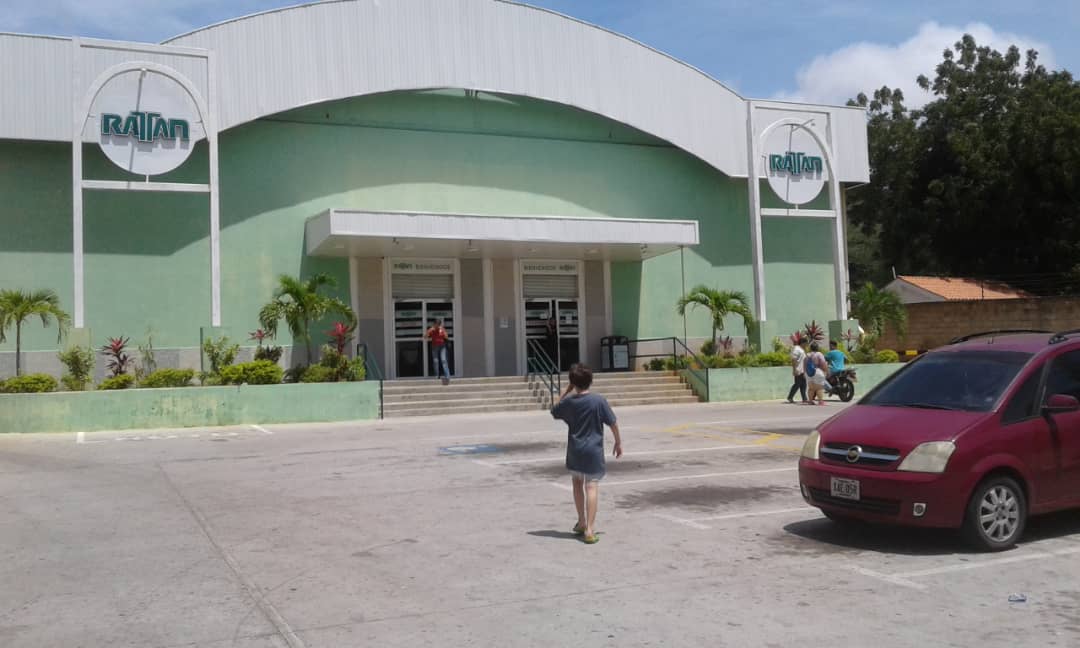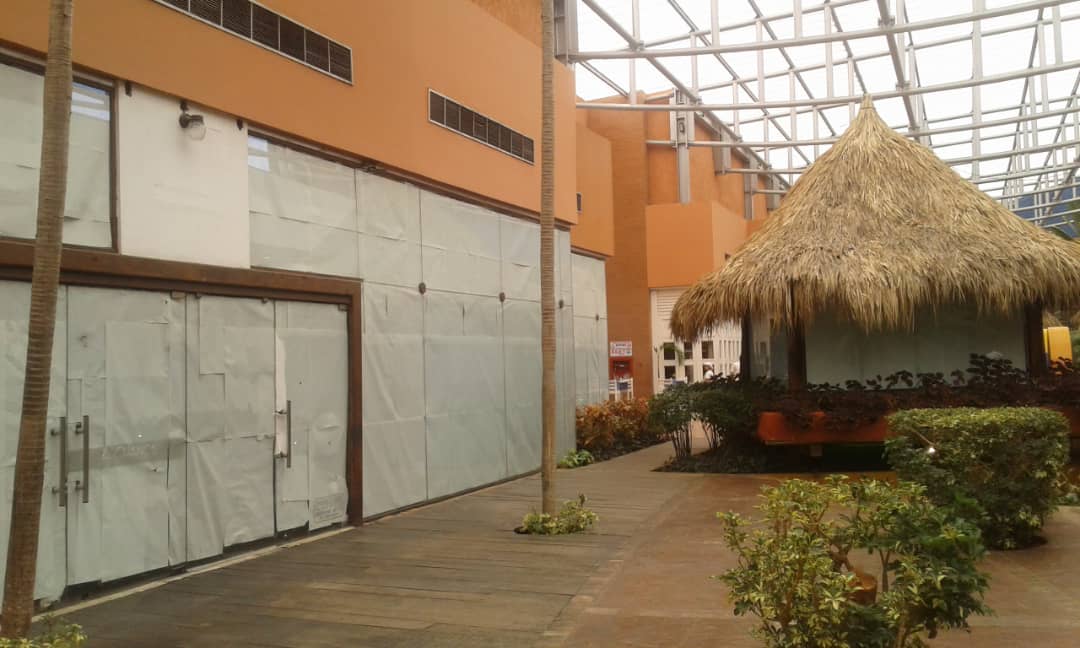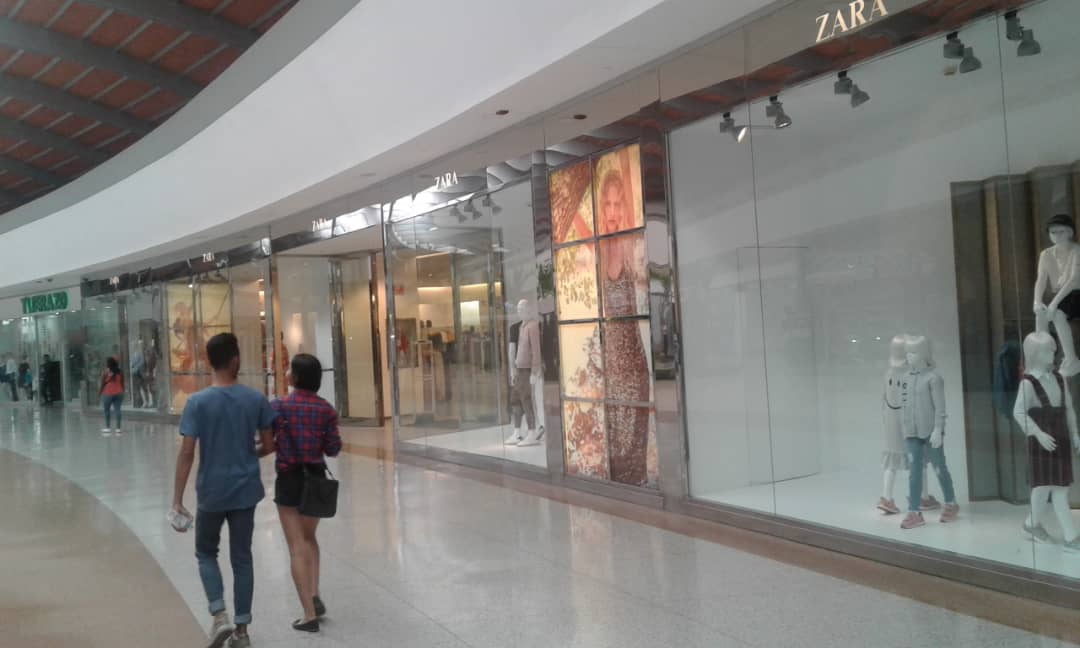Margarita: Paradise Gone Rack and Ruin
This Venezuelan island, known by many international travelers, struggles to preserve what’s left of its foregone prosperity. The Free Port model needs updating and its dependence on the mainland leaves its people vulnerable to the country’s collapse.


Photos by the author.
On Holy Saturday, April 20th, the famous restaurant Arepera Hermanos Moya, along the road to the iconic beaches Playa El Agua and Playa Parguito, was more crowded than usual, all tables occupied. Their arepa prices range between Bs. 16,000 to Bs. 30,000, and fruit juices may go up to Bs. 10,000, a good chunk of the minimum wage.
The dollar is gradually making its way as regular currency everywhere, including as a value standard for rent, leases, vehicle parts, taxi fares and many other services. Supermarkets and shops now have special cashiers for payments in dollars.
This is the island of Margarita, longtime paradise for domestic tourism, now scarcely a weekend destination. By the end of Holy Week 2019, the regime’s Interior Minister Néstor Reverol said that 9 million people moved across the country by air, land and sea for this holiday, a fairly absurd figure in a nation where most people spend all of our revenues on food.

Rattan Stores were a temple of shopping sprees in the glory days of the free port. Now look like Cuban supermarkets.
According to Luis Rodríguez, head of the Tourism Corporation of Nueva Esparta State (Corpotur) “Those nine million were ghosts, because we’re the top tourist destination and we didn’t get even 1% of what the minister claims.” In 2009, 2 million people visited Margarita during holidays. The number has been dropping dramatically since 2016, when according to the Federation of Tourism Professionals of Venezuela, only 480,000 people visited.
Survival-mode tourism
In 1974, the islands of Margarita and Coche were favored with a special free port regime that sought to promote commercial exchange and touristic development, taking advantage of their natural beauty through tax exemptions on foreign merchandise imports as well as preferential treatment for national taxes.
This incentivized travel happens by favoring imported merchandise at fairly convenient prices and commerce became one of the main employment sources, along with tourism, boosting the construction sector and the development of hotels and resorts.
“We have an important hotel infrastructure, sun and beaches, wonderful landscapes, cultural identity, over 400,000 m2 of commercial areas duly prepared for the time when things change, because we’re convinced that this will change,” says Luis Rodríguez, explaining that touristic activity in the island has slowed down due to connectivity issues: “We used to have 20 to 22 daily flights from the country’s main cities, but now we have seven, mostly coming from Maiquetía.”

Entire zones of the island’s malls are empty of stores and with no air conditioning.
In the last 12 months, according to Rodríguez, Margarita received 40,000 Colombian citizens in weekly charter flights. Many people in the island say that Colombians are really going to Margarita to buy gold, coming from Guayana in the form of bracelets or earrings that they can wear in their trip back without paying taxes at customs.
The second source of visitors is Trinidad and Tobago. The Brazilian market is reduced because they usually traveled by land, but the trip to Puerto La Cruz is too unsafe and full of checkpoints that demand illegal payments.
Accessing the island by sea is also hard, after the chavista government expropriated the company Conferry in 2011, with their seven active ships. Eight years later, four of them are out of order and three sank. Right now, they only have one ship covering the Guanta – Punta de Piedras route, four times a week. This is the same ferry that brings food, medicines and other supplies to the islands, and it’s frequently out of order.
Despite all of that, Rodríguez says that 30% of the total capacity of hotels was occupied during Holy Week. “Obviously, this can’t compare with what we used to have years ago, but touristic businesses in Margarita are holding on, people are still thinking of the future, focused on the day after.” This is why the core of all the policies of [opposition] governor Alfredo Díaz is a strategic plan of sustainable tourism. We’re prepared to rebuild our economic activity and we’ve been making silent progress with customer attention and other variables.”
No blackouts during Holy Week
Margarita doesn’t escape Venezuela’s electric crisis. Although power rationing hasn’t been as tough as in other states, the island has been in the dark for over 72 hours at a time, with “scheduled” power cuts of between two and five daily hours.
The island gets electricity through an underwater power line built in 1976, connected to Chacopata, Sucre, which is supplied in turn by the Guri dam.

Sambil Margarita was one of the most successful malls in the country. Now, its stores show outdated merchandise that almost no one can afford.
For the past several years, experts from the Venezuelan Association of Engineers and other institutions have been warning that this isn’t enough to cover the demand in both Margarita and Coche. The islands also have two power substations, Luisa Cáceres and Juan Bautista, but they can’t stand high demand.
Since the blackouts of March 2019, the area has experienced daily rationing with no prior information or schedules. Strangely, however, there were no power cuts during the last holiday, a small breath of fresh air that coincided with the start of the dry season.
In Margarita, hotels must generate their own energy for nine hours a day; moreover, due to the drop in tourism, they’ve been forced to shut down half of their rooms, even during holidays, to reduce maintenance costs and staffing needs.
Malls have similar electric demands which they manage by opening between noon and 8:00 p.m.; visitors can’t always enjoy air conditioning in common areas, and many stores and restaurants are closed. Still, some large international franchises remain operational, as it’s probably more expensive for them to close than to open with poor profits, considering that national tourism doesn’t fit specific seasons.
A new formula for the Free Port
“The Free Port model is exhausted, we have to redirect the efforts,” says Rodríguez. “The model can’t be based on the currency’s competitive advantages anymore, we have to find new ways to keep being attractive for tourists to come and shop here. A plane ticket at controlled prices can’t cost as much as a soda can, because then airlines can’t pay maintenance. The people who closed their stores are merely readjusting. We can’t deny the achievements of Margarita Gastronómica and its food fairs, opening a space for entrepreneurs.”
Margarita Gastrónomica is a festival started in 2012 by architect Fernando Escorcia, who proposed a way of keeping the interest for visiting the island beyond holidays, exalting Margarita’s traditional cuisine and supporting local entrepreneurs. The festival’s held for a month and includes vendors and exhibitions, food tastings, talking shops and strolls. Margarita Gastronómica gave rise to permanent fairs in various municipalities. And gives credence to the belief that the answer remains in the private sector.
When chavismo allows it.
Caracas Chronicles is 100% reader-supported.
We’ve been able to hang on for 22 years in one of the craziest media landscapes in the world. We’ve seen different media outlets in Venezuela (and abroad) closing shop, something we’re looking to avoid at all costs. Your collaboration goes a long way in helping us weather the storm.
Donate




